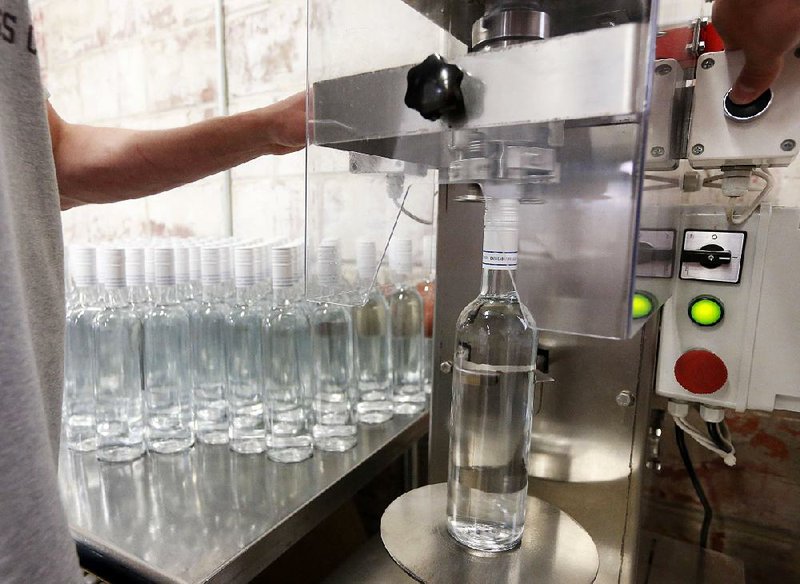WASHINGTON -- The number of Americans seeking unemployment benefits was unchanged last week, remaining at the lowest point since mid-April.
The Labor Department said Thursday that weekly benefit applications held steady at 254,000, following a decline of 16,000 in the previous week. It was the lowest point since the number fell to 248,000 for the week of April 16.
Weekly claims, which are a proxy for layoffs, have been below 300,000 for 71 consecutive weeks, the longest stretch since 1973.
There's "clearly no significant signs of any stress in the labor market," Jacob Oubina, senior U.S. economist at RBC Capital Markets LLC in New York, said before the report. "Claims have remained extremely low in the context of a labor backdrop that still has 5.5 million job openings out there."
Ian Shepherdson, chief economist at Pantheon Macro, said the numbers from the last two weeks weren't enough to signal broader improvement. Claims figures are hard to read at this time of year because they are distorted by the annual plant shutdowns in the auto industry to retool for a new model year, he said.
The government reported last week that employers added 287,000 jobs in June, the strongest gain in eight months and a sharp rebound after May's anemic payroll gain of 11,000. The solid June performance eased concerns of a possible economic downturn.
Even with the June surge, job growth has been slowing in recent months from the sizzling pace set last year. Economists say that is to be expected given the fact that the economic expansion has now entered its eighth year.
But they view as an encouraging sign the fact that layoffs have not been increasing, evidence that businesses are confident that the economy will continue growing at a solid pace in the face of unexpected bumps such as the June 23 vote in Britain to leave the European Union. That development sent temporary shockwaves through global financial markets.
The U.S. economy has turned in anemic growth rates for the past two quarters, expanding at a modest pace of just 1.1 percent, as measured by the gross domestic product, in the January-March quarter. Analysts believe the nation's gross domestic product accelerated to growth above 2 percent in the just-completed April-June quarter.
A second report Thursday showed wholesale prices in the U.S. rising more than forecast in June, paced by the biggest jump in fuel costs in a year.
The producer-price index gained 0.5 percent, the most since May 2015, after a 0.4 percent rise the prior month, a Labor Department report showed Thursday in Washington. The median forecast of 64 economists surveyed by Bloomberg called for a 0.3 percent advance. Costs rose 0.3 percent over the past 12 months, the biggest year-to-year gain since December 2014.
As energy costs stabilize and the retraining influence of a strong dollar dissipates, a slowly improving economy will probably lead to a more sustained pickup in price pressures. Federal Reserve officials are monitoring inflation's progress toward their goal as they consider when to lift interest rates again.
"We're seeing more signs that the trend is moving up," Jim O'Sullivan, chief U.S. economist at High Frequency Economics Ltd., said before the report. "The drag from the stronger dollar should be fading out of the producer price numbers. The oil price effect is also fading. Ultimately we should see core PPI rising."
Separately, the Labor Department reported that jobless claims for the week ended July 9 matched the prior week's 254,000, holding near the lowest levels in four decades and signaling the labor market remains healthy.
Projections for producer prices ranged from a drop of 0.1 percent to an advance of 0.5 percent, according to the Bloomberg survey of 64 economists.
Information for this article was contributed by Martin Crutsinger of The Associated Press and Shobhana Chandra and Lisa Du of Bloomberg News.
Business on 07/15/2016

